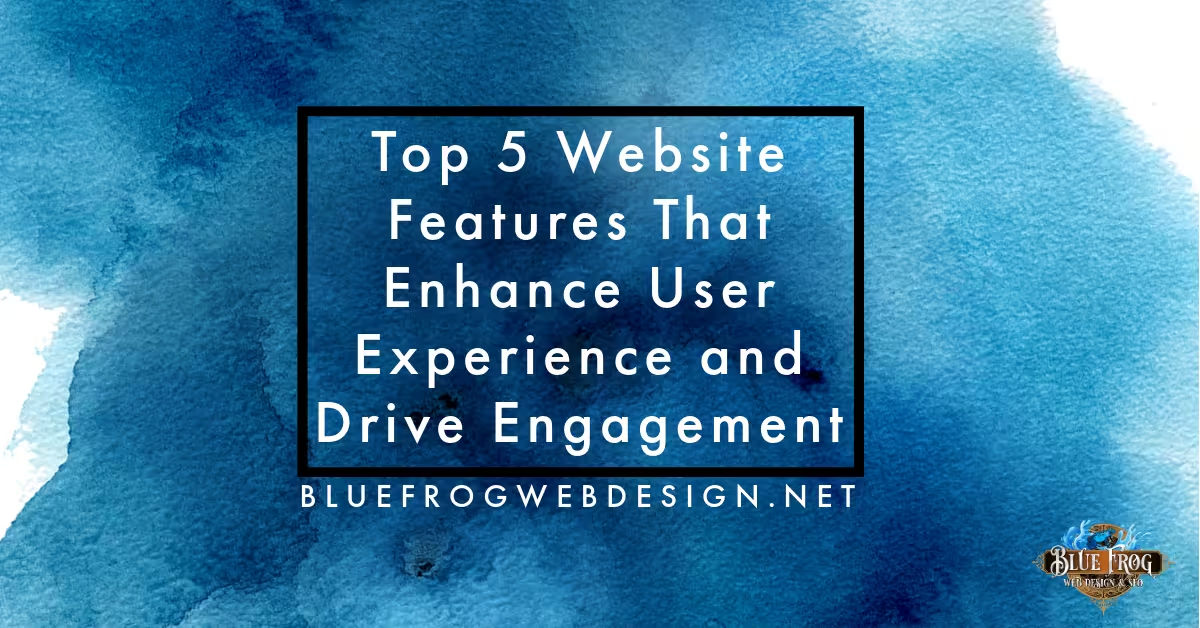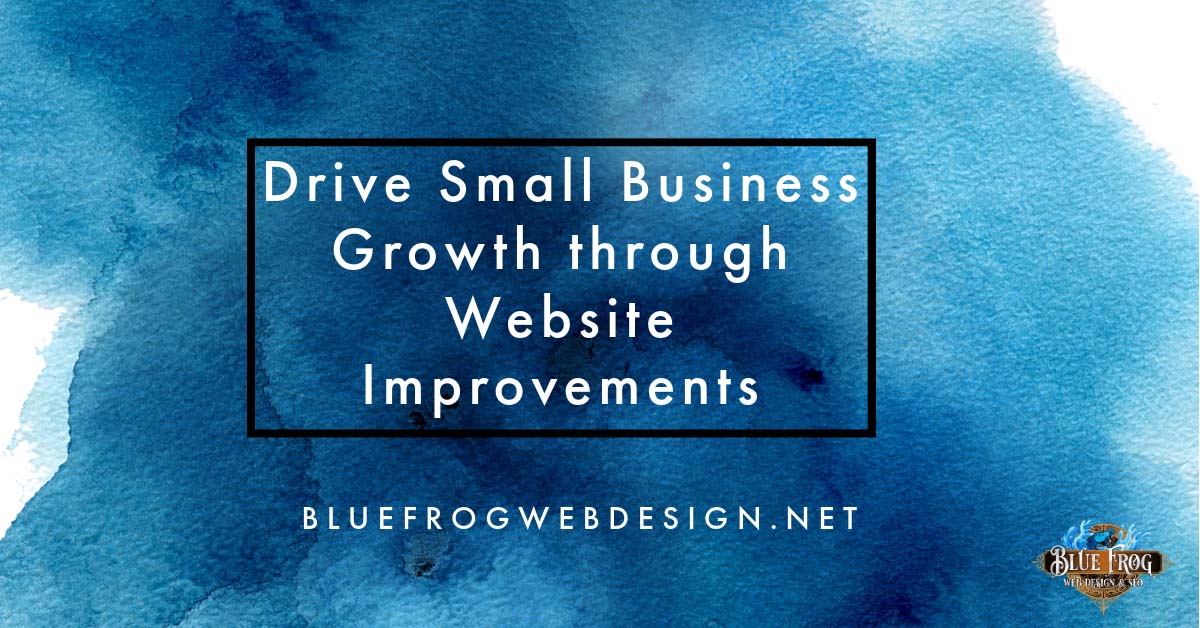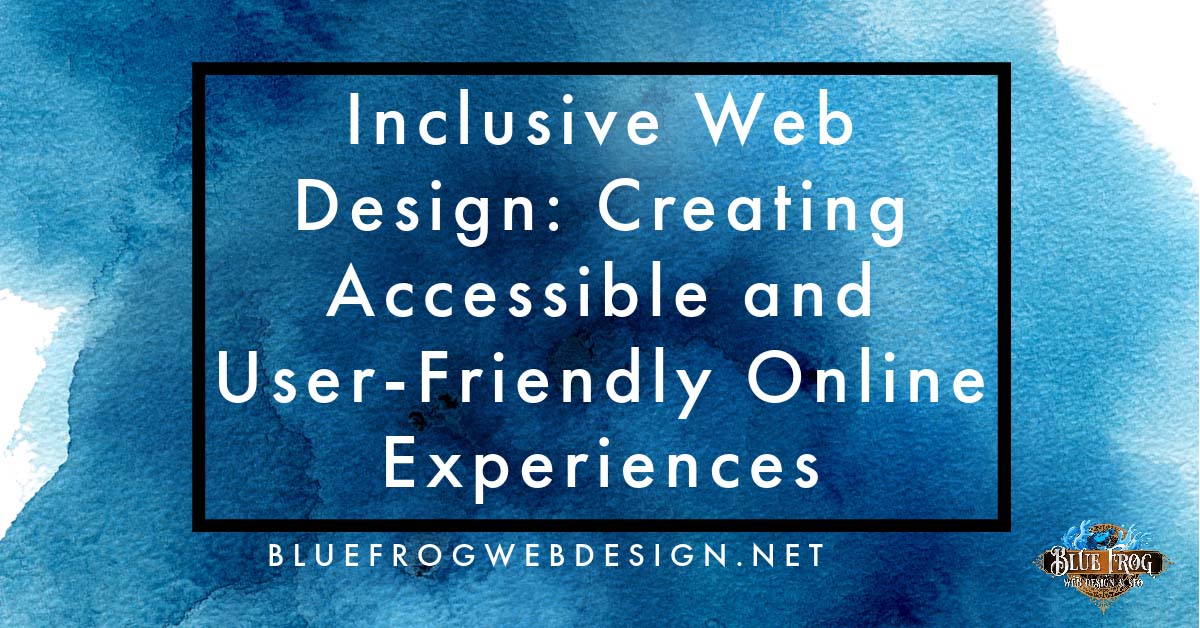
In today’s digital world, having a great website is crucial for any business looking to succeed. Especially in a vibrant city like Sacramento, your online presence can make or break your brand’s success. Whether starting from scratch or looking to improve an existing site, these web design tips will help you make the most of your online presence.
Understand Your Audience
The first step in creating an effective website is understanding your audience. Who are they? What are their needs and preferences? Conducting market research can provide valuable insights that will guide your design choices, ensuring that your website resonates with your target audience.
Understanding your audience is not just about demographics; it’s about digging deeper into their behaviors and motivations. Tools like Google Analytics and social media insights can offer a wealth of data on your visitors’ needs. By analyzing this information, you can make informed decisions about your website’s layout, content, and features.
In addition to digital tools, consider talking directly with your customers. Surveys and feedback forms can reveal pain points and desires you might not have anticipated. This direct line of communication provides insight and helps build trust with your audience, making them feel valued and heard.
Focus on User Experience (UX)
A user-friendly website is critical to keeping visitors engaged. Ensure your site is easy to navigate, with clear menus and intuitive design. Consider the user journey and ensure all necessary information is easily accessible.
The user experience encompasses more than just navigation. It’s also about the overall feel and functionality of the site. Pay attention to loading times, which can significantly impact user retention. A study by Google found that 53% of mobile users will leave a website if it takes longer than three seconds to load.
Additionally, consider the psychology behind design elements. Colors, fonts, and layout can all influence how users perceive your brand. For example, calming colors like blues and greens can evoke trust and professionalism, while vibrant colors like red and yellow can create a sense of urgency.
Accessibility is another crucial aspect of UX. Ensure your website is usable for everyone, including those with disabilities. This includes having alt text for images, keyboard navigability, and readable fonts. Not only does this expand your audience, but it also improves your site’s SEO.
Optimize for Mobile
With more people accessing the internet on their smartphones, your website must be mobile-friendly. Ensure your design adapts well to different screen sizes and that all elements are easily clickable and readable on a mobile device.
A responsive design ensures your website looks great and functions well on any device. This adaptability is crucial as more than half of global web traffic comes from mobile devices. Tools like media queries in CSS allow you to create a flexible layout that adjusts seamlessly to various screen sizes.
Another critical factor in mobile optimization is touch-friendly navigation. Ensure that buttons are large enough to be easily tapped and that menus are simple to navigate with a finger. Avoid using elements that require Flash, as many mobile devices do not support it.
Mobile optimization isn’t just about design; it’s also about performance. Compress images and use efficient coding to reduce load times. Remember, a slow site can frustrate users and lead them to abandon your site for a competitor’s.
Use High-Quality Visuals
Visual elements like images and videos can significantly enhance your website, making it more appealing and engaging. Use high-quality visuals that reflect your brand and resonate with your audience. Avoid stock photos that feel generic, and opt for images that add value to your content.
High-quality visuals can create an emotional connection with your audience. Original photos of your team, products, or services can make your brand feel more authentic and relatable. Videos, especially those that tell a story or provide helpful information, can increase engagement and time spent on your site.
Incorporating infographics is another effective way to present information visually. They help break down complex data into digestible and visually appealing formats. Tools like Canva or Adobe Spark can help you create stunning infographics without the need for extensive design skills.
Implement SEO Best Practices
Search engine optimization (SEO) ensures your website ranks well on search engines. Use relevant keywords, including ‘Sacramento web design,’ throughout your content. Optimize your meta tags, headers, and alt texts, and ensure your site loads quickly.
SEO is not just about keywords; it’s about creating content that answers your audience’s questions. Google prioritizes high-quality, relevant content, focusing on providing value rather than stuffing pages with keywords. Long-tail, more specific, and less competitive keywords can also help you rank higher in search results.
Technical SEO is equally important. Ensure your site has a clean and logical URL structure, that your sitemap is up-to-date, and that there are no broken links. Tools like Google Search Console can help you identify and fix issues affecting your site’s performance.
Local SEO is essential for businesses targeting a specific area. Ensure your business is listed on Google My Business and other local directories. Collecting favorable reviews and ensuring your contact information is consistent across the web can boost your local rankings.
Include Clear Calls to Action (CTAs)
Every page on your website should have a clear call to action, guiding visitors to their next step. CTAs are essential for converting visitors into customers, whether signing up for a newsletter, contacting you for more information, or purchasing.
The effectiveness of a CTA often depends on its design and placement. Use contrasting colors to make your CTAs stand out, and place them in prominent locations where users are most likely to see them. Phrases like ‘Sign Up Now,’ ‘Learn More,’ or ‘Get Started’ should be clear and action-oriented.
Multiple CTAs can guide users through different stages of the buyer’s journey. For instance, a blog post could end with a CTA to download a related ebook, leading to a CTA for a free consultation on the downloaded page. This allows you to nurture leads progressively.
Keep Content Fresh and Relevant
Regularly updating your website with fresh content can help keep visitors engaged and improve your SEO. Start a blog, share industry news, or post updates about your business. Fresh content shows that your business is active and keeps people returning for more.
Blogs are an excellent way to add fresh content and establish your authority in your industry. Incorporate case studies, how-to guides, and thought leadership articles that provide real value to your audience. Not only does this encourage regular visits, but it also boosts your website’s SEO by increasing the number of indexed pages.
Engage with your local Sacramento community by covering local events, featuring customer stories, or highlighting collaborations with other local businesses. This localized content can improve your local SEO and foster a sense of community around your brand.
Remember to promote your new content across your social media channels. This will drive traffic to your site and encourage social sharing, which can broaden your reach and attract a wider audience.
Make Your Sacramento Website Work for You
By following these web design tips, you can create a website that stands out in Sacramento and is a powerful tool to boost your business. Remember, a well-designed website is an investment in your brand’s future. Start implementing these strategies today and watch your business grow!
Need help with your marketing?
Let my team help you like we’ve helped lots of other businesses dominate their rankings and attract better-quality leads.












